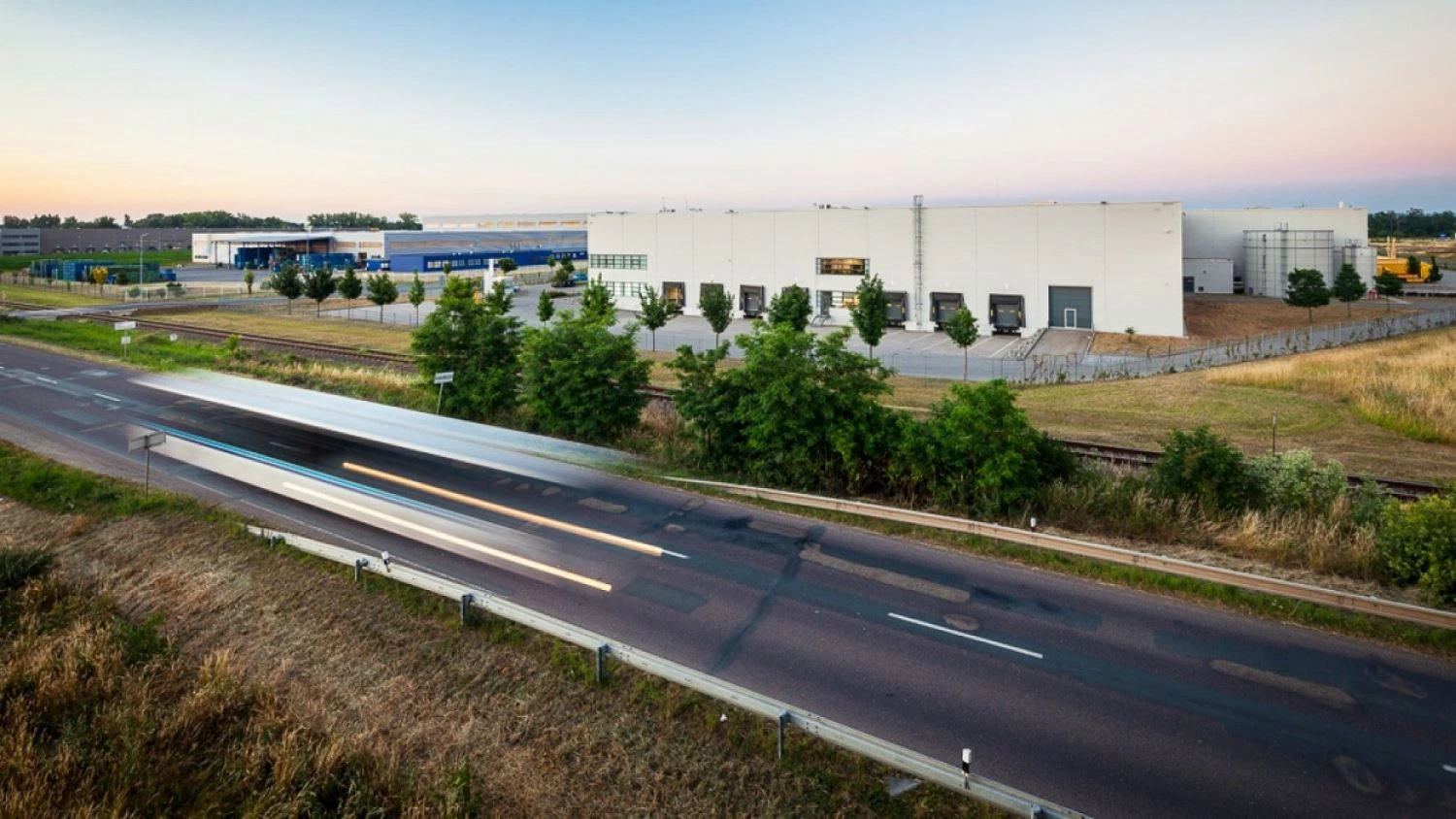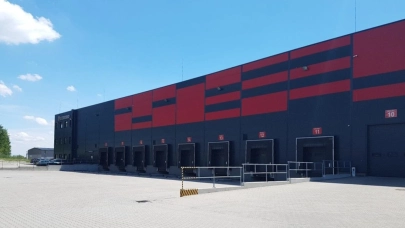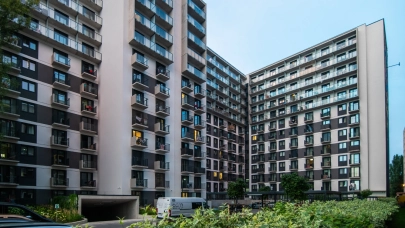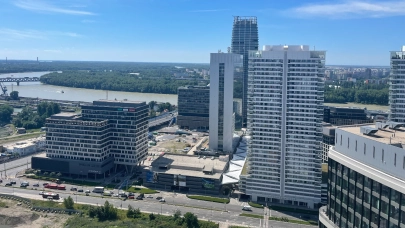
Looking at the Czech industrial real estate market in Q2 2025, it is clear that the market has not yet fully recovered from the downturn of last year, according to a regular quarterly survey conducted by Colliers. Gross realised demand has fallen 34% below the five-year average. On the other side, growth in the vacancy rate is positive news for tenants.
The volume of newly completed industrial space remained low in Q2 2025, reaching 131,600 sqm. Although this represents a 31.8% increase over the same period last year, it is 30% lower than the five-year average. Since the beginning of the year, the market has grown by 344,700 sqm and now totals 12.7 million sqm, which can also be interpreted as 5% year-on-year growth.
"Although the number of completed warehouses in the last quarter is low, a record 1.7 million sqm of space is currently under construction in 171 logistics parks across the Czech Republic. This is clear evidence of the market's continuing pace of development. More than half of this space is expected to be completed this year. However, due to low demand, some completion dates may be postponed until 2026," explains Josef Stanko, Director of Market Research at Colliers.
A large part of the construction (26%) is concentrated in Prague and the Central Bohemian Region, followed by the Moravian-Silesian Region with 19% and the Karlovy Vary Region with 18%. The reason for such a high share in the latter region is the ongoing construction of the only large automated warehouse project in Cheb, covering an area of over 200,000 sqm.
The vacancy rate in the second quarter of 2025 rose to 4% and exceeded 511,000 sqm, representing a year-on-year increase of 1.3 percentage points. However, when vacant space in projects under construction is included, there is almost twice as much warehouse space available. More than 55% of all space under construction, or 958,300 sqm, is currently vacant and is often completed according to the specifications of the end client.
Gross realised demand in Q2 2025 was 34% below the five-year average, reaching 304,900 sqm. Net demand fell 40% below the five-year average, reaching 169,600 sqm.
The composition of tenants in terms of gross realised demand during the first half of 2025 was influenced by a major renegotiation in the logistics sector. This sector therefore accounted for 62% of total volume, manufacturers 23% and distributors 6%. Other transactions accounted for the remaining 9%.
The highest achievable rent (prime rent) on the Czech industrial market is stable at €7.00-7.50/month/sqm, which is the highest in the Central and Eastern European region. Prime rents have remained at the same level for four quarters. However, we are seeing tenants in an increasingly stronger position. Areas that have experienced greater development in recent years, such as Plzeň and the Moravian-Silesian Region, are now undergoing a slow downward correction in rents.
"While the Czech economy continues to grow, the industrial market is undergoing a period of recalibration. Demand has declined, but this has had only a limited impact on rents. The situation is complicated by lengthy building permit processes, a less flexible and more expensive workforce and other administrative problems," says Josef Stanko. According to him, these challenges are causing some investors and tenants, especially from the APAC region, who are currently very active in the region, to implement nearshoring and expand their European activities to Poland, Hungary and Serbia, where it is cheaper and easier to do business. Those countries are more aggressive in terms of government incentives.



